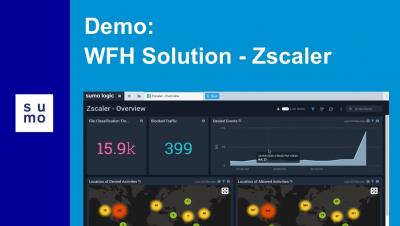Security | Threat Detection | Cyberattacks | DevSecOps | Compliance
%term
What Is an Attack Surface? + Tips to Reduce Your Attack Surface
The attack surface of your organization is the total number of attack vectors that could be used as an entry point to launch a cyberattack or gain unauthorized access to sensitive data. This could include vulnerabilities in your people, physical, network, or software environments. In simple terms, your attack surface is all the gaps in your security controls that could be exploited or avoided by an attacker.
Ask the Experts: How Has the Cybersecurity Industry Evolved?
Survey: Nearly Two-Thirds of Orgs Have Experienced COVID-19 Related Attacks
This new world is putting a strain on organizations’ digital security defenses. First, malicious actors are increasingly leveraging coronavirus 2019 (COVID-19) as a theme to target organizations and to prey upon the fears of their employees. Our weekly COVID-19 scam roundups have made this reality clear. Second, organizations are working to mitigate the risks associated with suddenly having a large remote workforce.
Inter-institutional Collaboration, Part 1: Articulating Data Concerns
In an earlier blog, Collaboration in the Modern Biotech Era, we explored the scope, dynamics, and complexity of collaboration in modern biotech and how “…these external partnerships have made the life sciences industry more distributed, networked, and collaborative than ever before.” But data security, integrity, structure, and storage present a number of concerns that need to be addressed to strengthen your GxP compliance envelope when working with external partners.
What is Cyber Hacktivism?
We all know about hacking and hackers, but what about hacktivism and hacktivists? In this article, we will discuss what hacktivism is and how it can affect your organization. Hackers and the act of hacking found their way into mainstream long ago, with the help of high budget films and our increasing use of technology in almost every aspect of our lives. That is why almost everyone knows what hacking is and who a hacker is.











